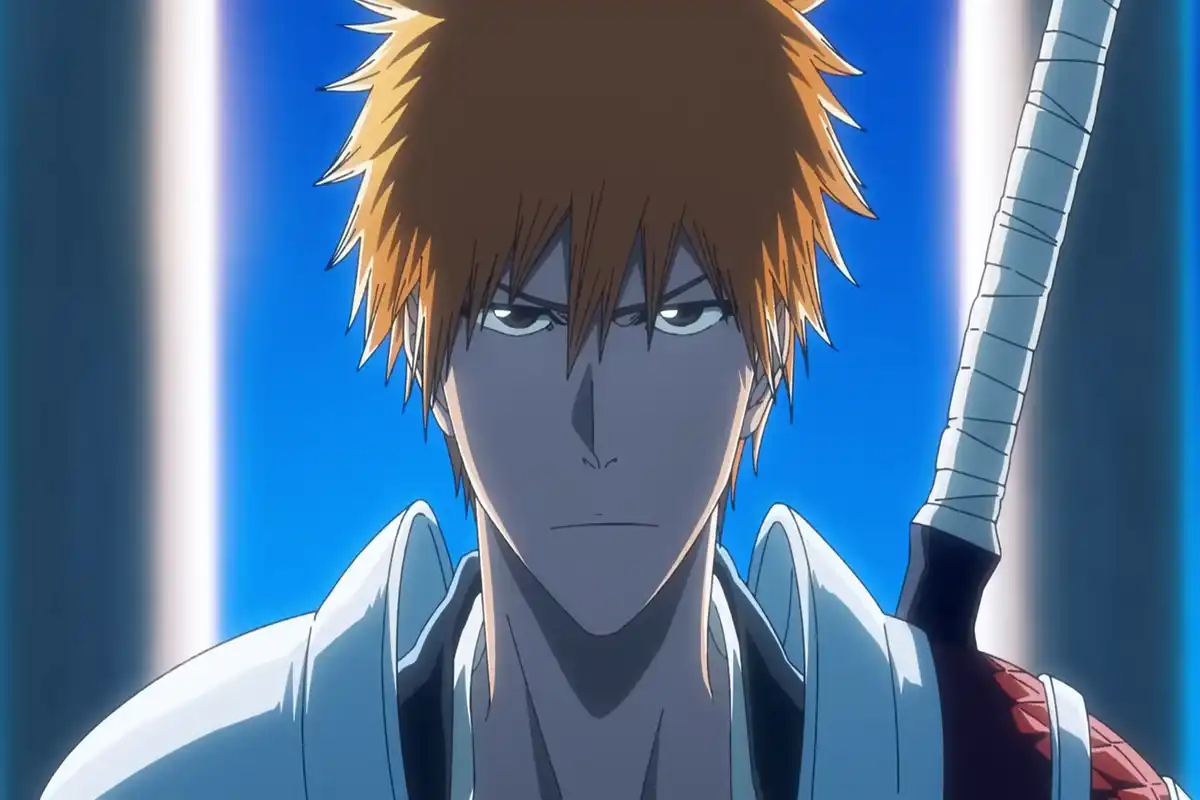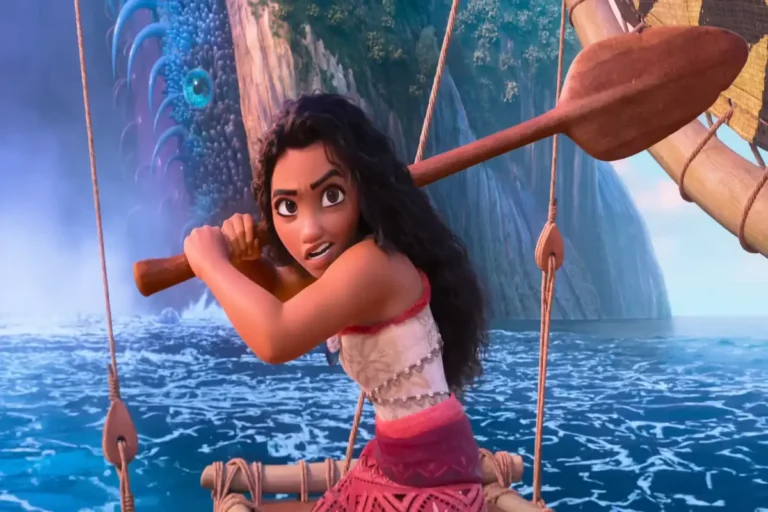Summary:
- The Bleach anime concluded in 2012 without adapting the Thousand-Year Blood War arc.
- The arc resolves key plotlines, including Ichigo’s heritage and the Quincy conflict.
- The anime’s recent adaptation expands scenes, adding new characters and depth.
- Differences between manga and anime include pacing, violence levels, and characterization.
The Bleach anime’s original ending in 2012 left fans with unresolved questions, as it skipped the Thousand-Year Blood War arc. This crucial story ties up plotlines around Ichigo Kurosaki, the Soul Society, and the Quincy. The 2022 adaptation addresses these gaps while enhancing the narrative with expanded scenes and modern animation techniques.
Original Anime Ending: Unfinished Storylines

The original Bleach anime concluded in March 2012 with Episode 366, covering Ichigo Kurosaki’s fight against Kugo Ginjo. This battle resolved the Fullbringer arc, focusing on Ichigo’s growth as a Substitute Shinigami and his farewell to Rukia Kuchiki. While this provided a degree of closure, it left many overarching stories—like Ichigo’s Quincy heritage and the Soul Society’s battles—untouched.
The decision to end the anime stemmed from declining ratings, preventing the adaptation of the Thousand-Year Blood War, a pivotal manga arc that explores Ichigo’s heritage and ultimate confrontation with Yhwach, the Quincy King.
The Thousand-Year Blood War manga arc introduces essential elements missing from the anime, such as:
- Ichigo’s complex bloodline, revealing his Shinigami, Quincy, and human heritage.
- The rise of Yhwach, who threatens the Soul Society and human world with his future-altering powers.
- A climactic battle that reshapes the balance between Shinigami and Quincy.
Bleach: Thousand-Year Blood War Anime Adaptation

Expanded Storylines and Characters
The anime adaptation, which began in 2022, not only faithfully follows the manga but also adds original content to enhance the narrative. Flashbacks to key events, such as Yamamoto’s rivalry with Yhwach, provide richer context. Additionally, viewers are introduced to the first generation of Gotei 13 captains, expanding the Soul Society’s lore.
Character arcs also gain depth. For instance, Uryu Ishida’s internal struggle between his Quincy loyalty and friendship with Ichigo is explored in more detail. Such elaborations enrich the relationships and motivations driving the central conflict.
Visual and Narrative Enhancements
Modern animation elevates the Thousand-Year Blood War anime, bringing dynamic battle scenes and vibrant visuals. Unlike the manga’s static panels, the anime dramatizes fights like Ichigo’s showdown with Yhwach. Emotional moments, such as Aizen joining forces with Ichigo, gain heightened impact through detailed animation and a powerful soundtrack.
New artistic elements, such as poetic teasers concluding each episode, replace the comedic skits from earlier seasons, creating a reflective tone befitting the final arc.
READ MORE: Child’s Play: Aubrey Plaza’s Slasher Movie Streams for Free
Key Differences Between Bleach Anime and Manga

Adjusted Pacing and Fight Scenes
The anime often expands pivotal battles for dramatic effect, such as Ichigo’s climactic confrontation with Yhwach. While the manga sometimes condenses action for brevity, the anime elongates these moments, adding tension and spectacle.
However, some battles, like Kenpachi’s, are simplified in the anime, omitting intricate details present in the manga. Additionally, censorship tones down violence, altering the severity of injuries depicted.
Omitted and Altered Scenes
The anime streamlines certain aspects, cutting comedic moments and backstories for minor characters, such as specific Sternritter. While this approach enhances pacing, it sacrifices some character depth, leading to mixed responses from fans.
Enhanced Visual Storytelling
By leveraging cutting-edge animation techniques, the anime transforms key scenes into visually stunning sequences. The portrayal of Yhwach’s The Almighty power, for example, is more immersive, depicting the overwhelming nature of his abilities with striking visuals.
READ MORE: Does Rory Get Back with Dean in Gilmore Girls Later Seasons?
A Satisfying End to the Saga

The Thousand-Year Blood War arc delivers closure to Bleach by resolving its major conflicts and exploring key themes like identity, sacrifice, and redemption.
- Ichigo’s final battle with Yhwach, aided by allies like Aizen and Uryu, underscores his growth and reconciles his Shinigami and Quincy heritage.
- Post-war developments, including Rukia’s promotion to Squad 13 Captain and the introduction of Kazui Kurosaki, hint at the series’ enduring legacy.
READ MORE: Arcane Season 2: Zaun’s Secret Champion Revealed
While the manga faced criticism for its rushed pacing, the anime adaptation breathes new life into the story, balancing nostalgia with a modernized approach. Fans of both mediums now have a more comprehensive conclusion to Ichigo Kurosaki’s journey.
Source: GameRant
Stay updated with the Latest News and Stories, follow us on our social media platforms.
You can follow us on:
Stay Connected!! Join our Whatsapp Channel
















